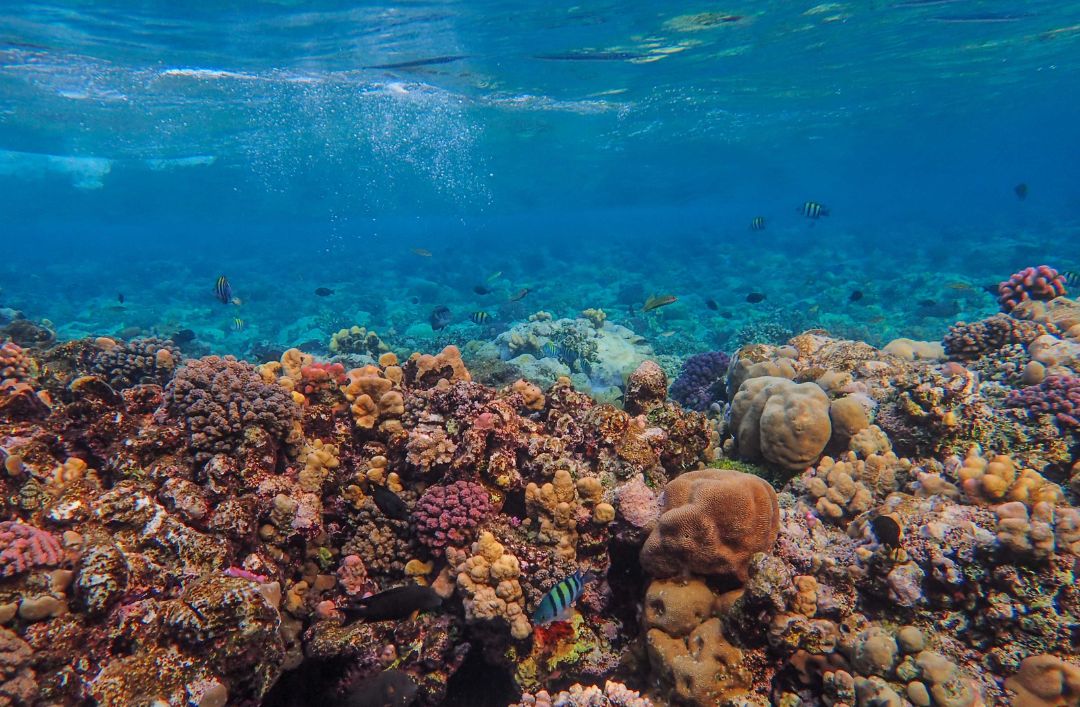
Jan 30, 2023 | Activities/Services, Other towns
Water comprises almost three quarters of the Earth. Water flows through different places, rivers, lakes, glaciers, seas, and oceans. Most of it in these last two bodies of water, and of those, we only know about 5% of their depths which harbour treasures in the deep just waiting to be discovered.
The Costa Blanca Norte is an unmissable destination for fans of scuba diving. The main reason is the beauty of the marine depths that are host to an enormous wealth of flora and fauna which will delight anyone seeking to explore the sea bed. Throughout this area you will find different routes for diving and there are several schools where you learn about this sport, such as La Galera or Dive & Dive. In this blog post we tell you about some really special ones.
Starting out at La Granadella
For real beginners, or those without much experience who want to get involved in this world, our first recommendation would be to follow one of the underwater routes that you can find at La Granadella beach. It is well known for the beauty of its sea bed and admired by all divers. In fact, the route closest to the beach, from where it can be accessed directly, is an easy one with a maximum depth of around 10 metres.
El Vaporet
A few miles from the port of Denia, you can find “El Vaporet”, a former cargo vessel that sank in the late 19th century. If you dive there you will see several species that shelter in the wreck, as there are no rock formations in the vicinity, and you can find conger eel, lobster, spiny lobster, along with white seabream, gilt head bream and grouper. They are, however, found at a considerable depth, and given the currents there, and possibly reduced visibility, it is advisable to undertake this particular route only when conditions are excellent, and if you are a really experienced diver.
El Freskito
You´ll find this place on the beach of las Rotas de Denia, some 4 km from the port. In the swimming pool created by natural rock and transparent sea water, this easy and beautiful route begins. It’s a good idea to explore the craggy rocks that make up the pool walls as there you may see octopus, European fan worm, spoon worm and perhaps a Moray eel.
Cap de Sant Antoni: La Cullerà and Primera Ensenada
The first of these caves can be found at the foot of the cliffs of the Marine Reserve of Cap de Sant Antoni. If you want to dive in this cave, which penetrates up to 50 metres into the mountain, it is necessary to get permission from the Board of the Environment to explore it. Armed with this permit, you can explore the cave which is at a depth of 9 metres where you will find slipper lobster, meagre, and a conger eel here and there. Not to mention octopus, sea bream, grouper and plenty of meagre hiding in the myriad nooks and crannies in the rocks.

Another excellent route in this area is Primera Ensenada, which is just before you reach the lighthouse. This area is protected (you will need authorisation to enter) and lies at a depth of 16 metres where the sea bed is shaped by the large rocks scattered here and there in the sand, and it offers an exceptionally beautiful and lively environment, perfect for seeking out species that are difficult to spot in other places.
The area around the Cap de Sant Antoni lighthouse is also a place where you can contemplate the beauty of the Costa Blanca marine depths. Here the enormous rocks on the seabed are particularly striking, as they create passageways and a play of shadow and light, providing a spectacle that will charm underwater photographers. Throughout the route you will see the white gorgonian coral, and depending on how close to the rock wall you venture, you can dive down from 12 to 19 metres, a depth at which you can spot an even greater variety of interesting species of flora and fauna.
Doesn’t it make you want to get into your wetsuit? Whether you live close to Cumbre del Sol or you simply came upon this artícle when you were looking for things to do on the Costa Blanca Norte, we would encourage you to enter this marvellous world and discover the best waters that the Mediterranean sea has to offer.
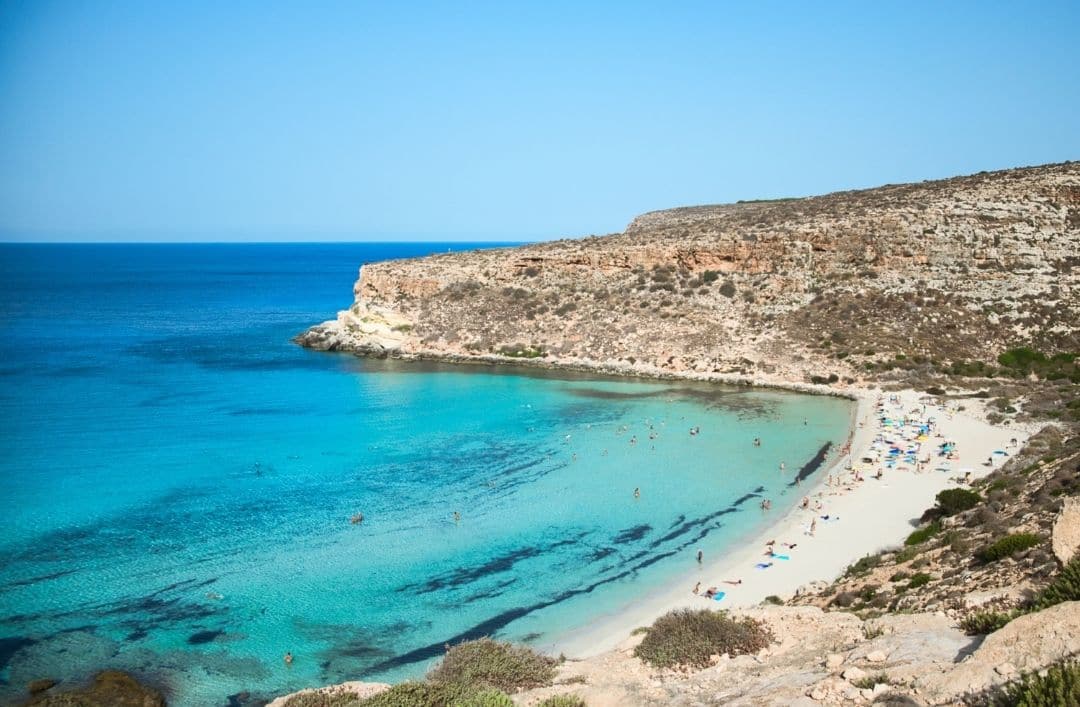
Apr 12, 2022 | Cumbre del Sol
The Mediterranean Sea bathes almost 250 kilometres with its waters forming coves, beaches, cliffs, and unique places on the Costa Blanca. Hours, days, and months of sunshine all year round in a unique enclave that shines brilliantly in spring. Taking advantage of the good weather, in today’s article we’re going to tell you about some activities to enjoy nature with friends and family around Cumbre del Sol. Take note!
Visit the coves of Jávea in kayak
Explore the cliffs, crystal clear waters, caves and spectacular coves of Jávea by kayak. Get up close and personal with the aquatic world and be amazed by of one of the most famous coastlines in Spain. The coast of Jávea is the perfect place to enjoy guided kayak routes. Don’t worry if you’ve never used a kayak before, if you know how to swim and are in good enough shape, that’s more than enough, you’ll be accompanied at all times. One of the best ways to get in touch with the sea and relax on a day of calm waters.
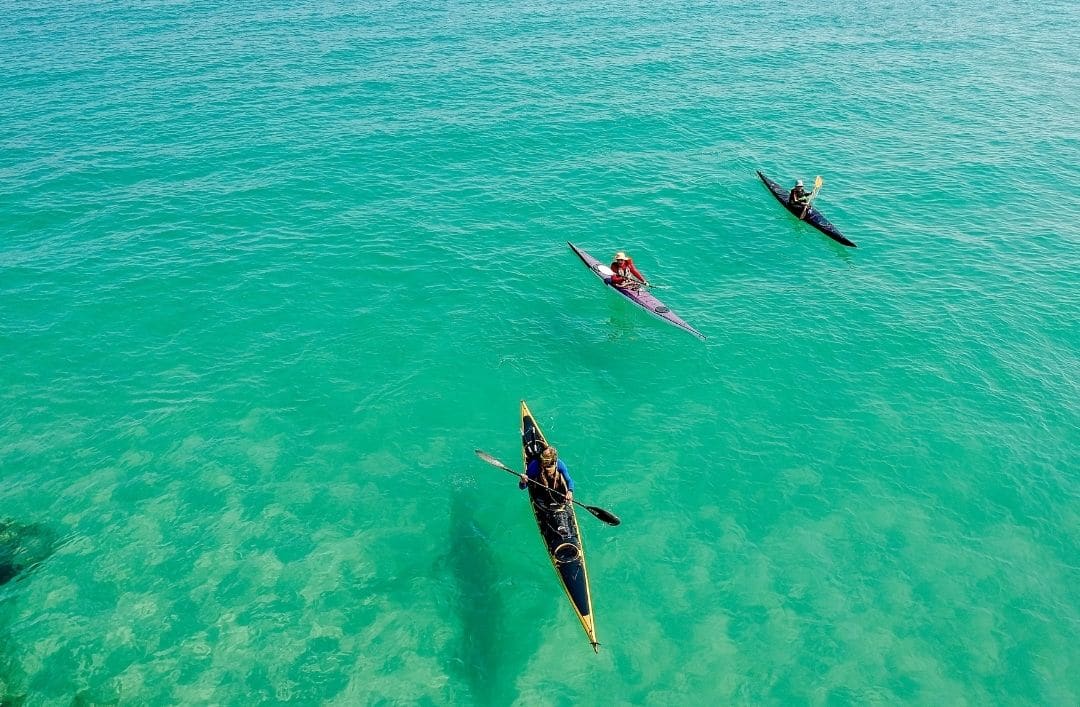
Beach and mountain? In the same place?
Can’t decide what to do and looking to tackle both beach and mountain? DreamseaSurf Camp Mediterran is your best option. An authentic luxury glamping site on the cliffs of Cala Moraig, with 21 tents and terraces where you can enjoy views of the sea. A different and stylish type of accommodation to enjoy a few days off be surrounded by nature. Stand up paddle boarding, snorkelling, kayaking and many other activities such as yoga, mountain biking and hiking await you in this popular destination. Without a doubt, this is a place where you can enjoy all of the Costa Blanca to the fullest.
Snorkelling, a classic
And just because it’s a classic doesn’t mean it’s any less fun. There are many places to snorkel in Alicante. From the long sandy beaches to the secluded coves, you can snorkel and find many surprises. Discover the seabed among the rocks and meadows of Posidonia oceanica. A huge variety of marine fauna hides in this area. A few minutes away from Cumbre del Sol you can find coves that seem to have been created specifically for snorkelling. We recommend the coves of Les Rotes and Cova Tallada (in Dénia). As well as the Barraca cove (Jávea) and Fossa beach (Calpe). If you want to stay closer to home, we suggest Moraig cove (Benitachell). You can also visit some of Benissa’s coves such as Llobella, Advocat or Pinets. All of them are perfect for immersing yourself and enjoying this corner of the Costa Blanca.
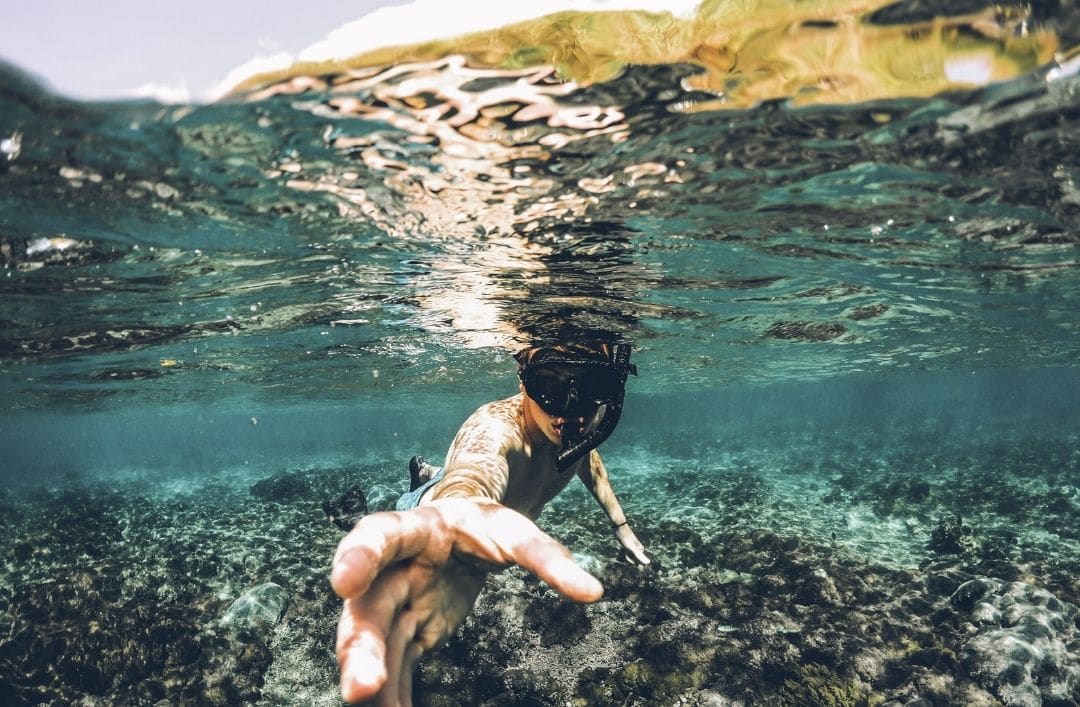
Enjoy the peace and quiet
Maybe you feel like leaving your snorkelling gear at home, or you don’t feel like kayaking. If that’s that case, there’s nothing like enjoying the coastline from a boat. The perfect plan to discover the coastline by sea from Cumbre del Sol to the south of Alicante. Costa Blanca has a number of locations that are paradise. And which, of course, give the coves of Formentera or the sunsets in Ibiza a run for their money.
We think that Dénia is a good place to start, where you’ll find a natural cave like the Cova Tallada. Cabo de San Antonio (Jávea) is another good place to spot wildlife. This area is known for being frequented by sea turtles, dolphins, whales, and birds. In Jávea, you can also find the Bay of Portixoll, a classic for sailors in the area due to its scenic beauty. We cannot fail to mention the port of Moraira, one of the best located on the Costa Blanca. It is known above all for its superb location, sheltered by Cabo la Nao and Cabo Moraira, as well as the Peñón de Ifach. It’s also very close to the old town and has a wide range of restaurants and shopping areas.
The Mediterranean is like the deep sea waiting to be discovered, inside and out. Stay tuned for the next articles in our blog where we will bring you more plans and activities for summer.
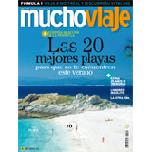
Jul 1, 2010 | Cumbre del Sol

Muchoviaje magazine featuring the top 20 Spanish beaches
The Muchoviaje magazine (Year V no. 61) has this month published an article dedicated to the Top 20 Best Beaches where you can hide this summer, a selection of beaches on the Iberian Peninsula which includes the Moraig Beach in Benitachell (Alicante).
The article reads: “Having lost our way through the curves of Cumbre del Sol, this treasure of the Mediterranean Sea appears at our feet as the road drops steeply with a 22% incline. A real gift of the Gods. The cove has a beach bar which is a delight during the week, hammocks to rent for anyone who finds it impossible to lie on pebbles, a mishmash of languages and big jumps from the rocks. But the long lasting memories will be of the translucent waters. “
(more…)







